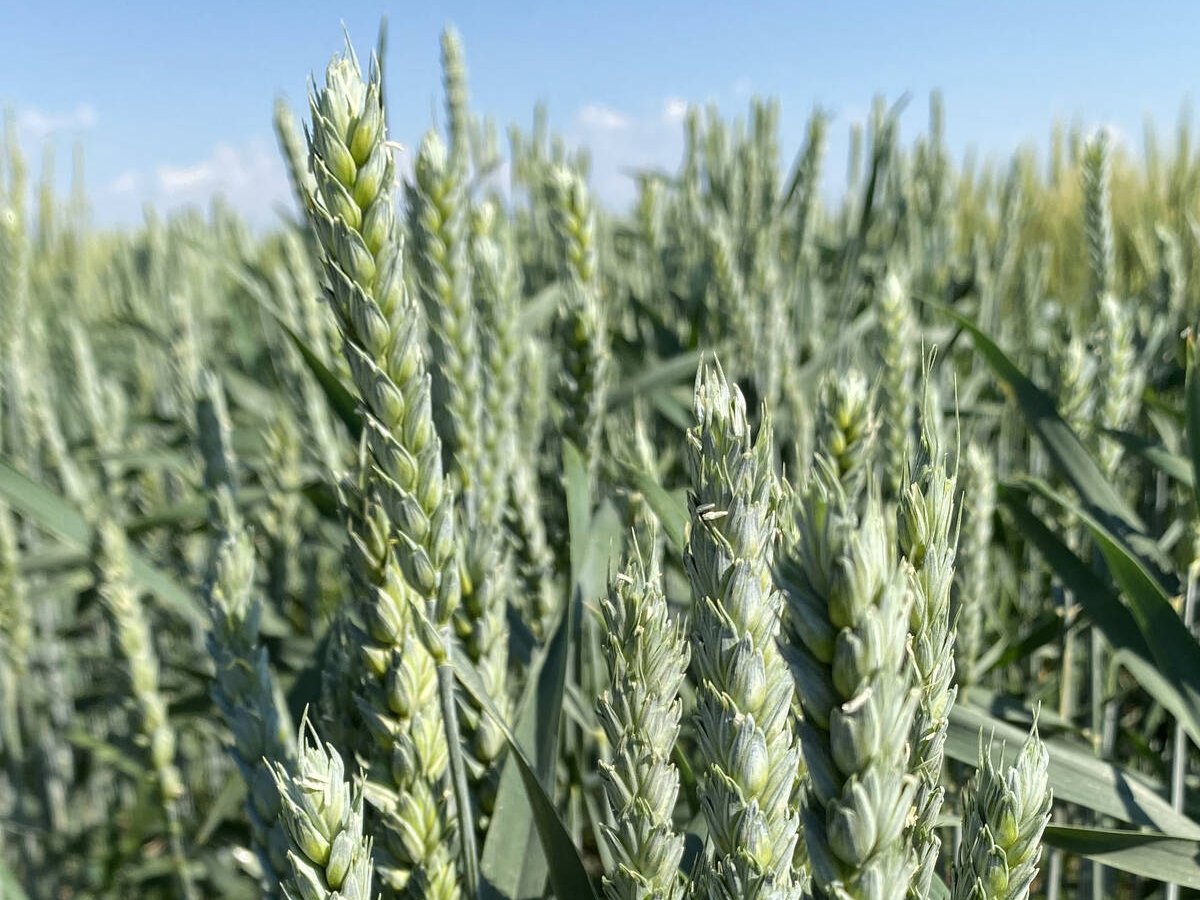OLDS, Alta. — High prices for forage seed are great news for seed producers, but as is often the case at such times, supply is limited for many varieties.
“I would say overall, I can’t think of anything that would have a low price in comparison to an average,” said Forage Seed Canada president Heather Kerschbaumer.
“We’re probably at least double average prices, if not three times average prices right now. I would think anybody that has forage seed acres in the ground should be happy because prices should be still strong for this year.”
Read Also

Discovery promises big wheat yield gain
University of Maryland researchers have discovered a gene that produces three grains per wheat floret instead of the usual one.
Kerschbaumer said higher prices for grains and oilseeds in the past several years drew many acres away from forage seed production. Rotations that would normally include forages were ignored in favour of shorter-term profit.
It takes two to three years to reap good forage seed yields after planting, so acres depend on grower confidence in future market strength.
However, Kerschbaumer told those at the Alberta Forage Industry Network meeting March 12 that the outlook is good.
“I think this spring we will see more acres go back in the ground,” she said. “That would be my gut feeling, just because cereal prices aren’t what they were and canola prices aren’t what they were and now there will be incentive for people to actually put grass seed back in and leave it in.”
High cattle prices also favour the forage seed market as producers seek to rejuvenate old pasture or plant new forage stands.
Kerschbaumer said in her presentation that crested wheatgrass seed exports of more than 2.3 million pounds were the highest in more than five years in 2014. A shortage of seed is likely this year.
Prices are also high for timothy seed. Yields were average last year, and much of the seed production is contracted, said Kerschbaumer.
Fewer acres seeded to meadow bromegrass have resulted in lower seed inventories. Those wanting seed are advised to place orders early.
Acres for smooth bromegrass production are also down, and even high prices for seed haven’t lured growers back into production, Kerschbaumer said. There is virtually no carryover seed ,so only new crop will be available this spring.
Alfalfa saw a large increase in contracted acres, most of them in Manitoba and southern Alberta. Clover seed is in very short supply, particularly sweet clover and red clover.
“I don’t remember sweet clover (prices) ever being this high,” said Kerschbaumer.
Red clover has been drastically affected by damage from case bearer moths, to the point where growers can get only one crop of seed. That has limited interest in growing it.















